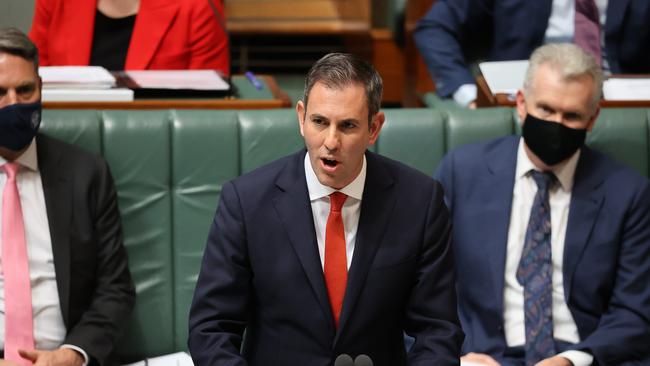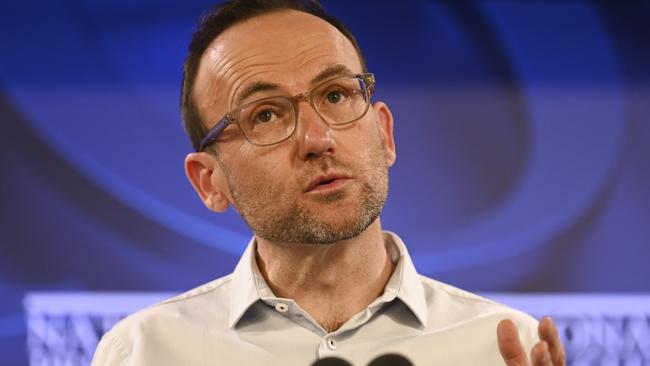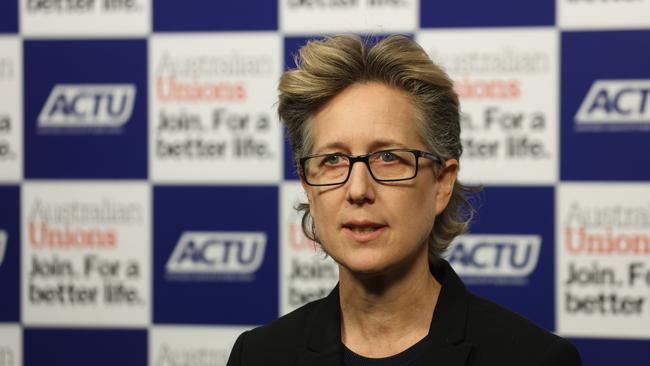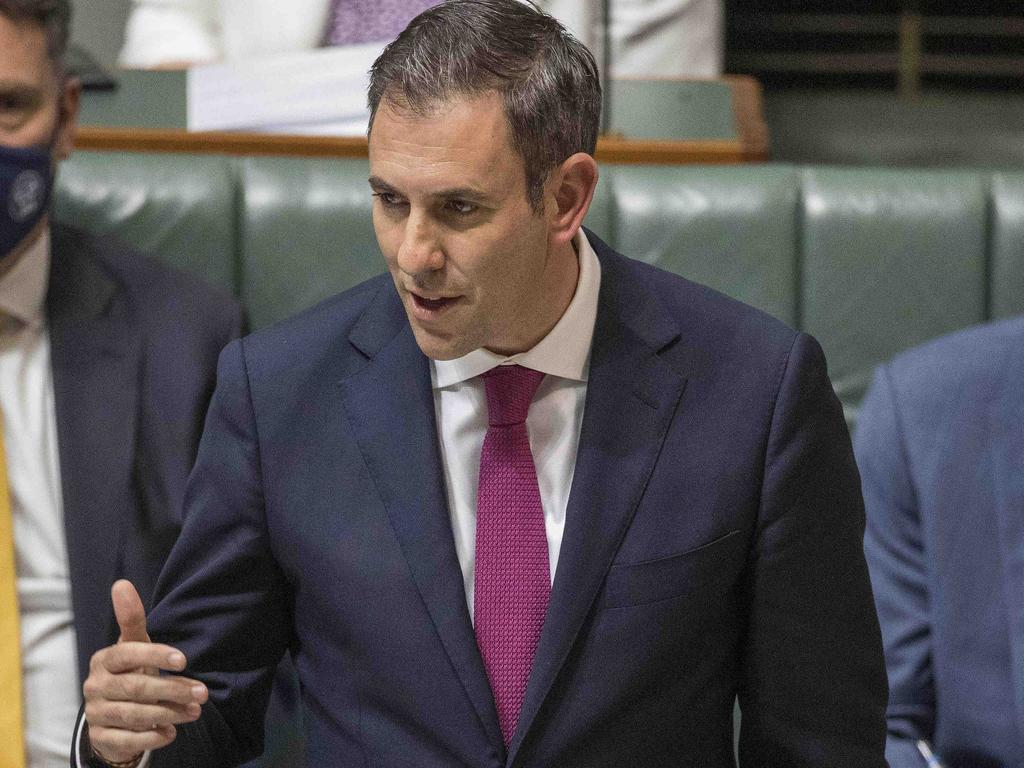Hit rich baby boomers, go easy on the younger workers
If we choose to spend more on social services, we’ll need to fix our leaky and lazy tax system.

Now the new tenants in Canberra hold the parcel worth $184 billion over eight years. Having limited the arena for conflict during the election campaign, the Albanese government contemplates a “dire” fiscal outlook with a mini mandate for repair. The budget is just over 10 weeks away.

Australia wants to spend more than it raises in revenue; the gap is getting bigger, and borrowing is more expensive, as Labor stretches its legs and is tempted to look over the horizon to “open doors of opportunity”, as Anthony Albanese envisages his policy nirvana.
The task of managing a debt heading to $1 trillion is not beyond Labor or the recently vanquished, but it means fixing a leaky tax system and putting discipline into hungry programs – some of which we know about, while others are a fiscal stab in the dark.
Get this: it’s likely Labor’s bid to pay aged-care workers as much as 25 per cent more will see the Commonwealth spending an extra $5 billion a year, every year.
That’s in addition to the cost of its 24/7 nursing cover for aged-care facilities and aim of providing 215 minutes of care a day per resident. Factor in nuclear (and locum) submarines, disability services, more costly healthcare technologies and economic infrastructure to the list of the nation’s wants, and you arrive at an annual $40 billion to $50 billion that we’ll be asking the future to pay for our current lifestyle.

On Thursday Jim Chalmers rejected fresh calls from the ACTU and the Greens to ditch the prospective tax cuts. “It’s a fact that we went to the election saying that we didn’t intend to change them. That remains our position,” the Treasurer told ABC RN Breakfast.
Remember, tax relief has been flowing since July 2018. The early stages have been geared to low and middle-income workers.
Under stage three, the 37 per cent tax bracket will be abolished, the top 45 per cent bracket will start from $200,000 and the 32.5 per cent rate will be cut to 30 per cent for all incomes between $45,000 and $200,000. Around 94 per cent of workers will pay no more than a marginal rate of 30c in the dollar.
In raw dollars, top earners would receive the largest benefit. Those in the top tier will get a $11,640 tax cut while a worker on average earnings of $100,000 in 2024-25 will see a cut of $3040. But as economist Chris Richardson says, it’s no wonder top taxpayers will get big tax cuts in dollar terms. “Their large share of the tax cuts is just a reflection of the fact they pay the biggest share of taxes,” the Rich Insight principal explains.

There’s an overlay of class war and populism behind the ploys to secure more revenue. Greens leader Adam Bandt calls our current condition a “full-blown inequality crisis” and demands these tax cuts “to the super-wealthy” be abandoned. For fairness, you have to look at the whole package from year dot, as well as consider the share of tax paid by different groups before the changes and the new baseline after July 2024.
According to Treasury, in 2024-25 the top 1 per cent of taxpayers would pay 17 per cent of all personal income tax (compared with 16.7 per cent in 2017-18).
“Even though the tax cuts result in lower marginal tax rates, improving incentives to work, the tax system will remain progressive because average tax rates will continue to rise with income,” a 2019 Treasury briefing note says.
“For example, in 2024-25 an individual on $45,000 would face an average tax rate of 12.6 per cent, while someone on $190,000 would face an average tax rate of 27.6 per cent.”
The world has changed since the Coalition delivered the final chapter of its $300 billion tax extravaganza in Josh Frydenberg’s “back in black” 2019 pre-election budget. Off the back of budget balance, he said a third term would see a run of surpluses – even after returning “bracket creep” (as wage inflation leads to higher average tax rates).

Still, many non-combatants believe the coming tax cuts, as constituted, are economically and socially unacceptable. They do look monster-sized and were predicated on Treasury’s estimates of much higher wages growth than has occurred. As Richardson says, they “now over-achieve in handing back bracket creep”.
An analysis by Cameron Chisholm of the Parliamentary Budget Office presented to the Conference of Economists last month shows the impact of bracket creep will exceed the cost of the stage three tax cuts after four years. He notes the tax system is still progressive after the cuts but will be less so over time.
Without further relief, the average personal income tax rate will hit a record 26.7 per cent early next decade.

With other taxes in structural decline, personal income tax is doing the heavy lifting. Treasury secretary Steven Kennedy argues that unless other taxes or revenues increase, “there is little prospect of having sufficient fiscal space to give this back to taxpayers in the form of tax cuts”.
“This would see average personal tax rates increase towards record levels, increasing the fiscal burden on wage and salary earners,” Kennedy said in June.
The PBO has estimated the stage three cuts will cost $15.7bn in their first year, rising steadily by $2bn a year to $30.5bn in 2031-32. Richardson says keeping the marginal tax rate for those earning above $120,000 at 37 per cent would trim the annual bill by $9bn. “Not perfect, not enough, but not bad,” Richardson argued before the Coalition’s March budget.
The Grattan Institute’s Danielle Wood has said the coming tax cuts are “much more generous than current economic or fiscal circumstances dictate”. But if they are locked in, why not use them as the down payment on genuine tax reform, bundling up the tax cuts with changes to the capital gains tax discount and superannuation tax concessions the think tank outlined in a pre-election pitch?
ACTU secretary Sally McManus says achieving full and secure employment “will require more than fiddling around the edges, it requires new ways of thinking about how our system is managed, who benefits from it and how to change if for the better”.

An ACTU paper ahead of next month’s jobs and skills summit called for “an excess profits levy on companies enjoying windfall profits as a result of current inflation” and “cancelling the planned stage three tax cuts which only benefit higher-income households and will exacerbate inflationary pressures”.
There were also proposals to nobble the Reserve Bank.
This does not sound like the union movement that shaped Labor’s greatest years in power. In a way, the challenges are not that different from the 1980s: beating inflation, training workers for the jobs of the future, raising the productivity of enterprises to deliver higher living standards and securing the social safety net.
Chalmers politely batted away the ACTU’s radical proposals in his interview.
Eventually, the Treasurer will have to confront our tax woes. If we are to afford high-quality aged care and disability services, Treasury’s Kennedy says we need “a tax system fit for purpose” that balances fairness and efficiency.
That means plugging leaks, like concessions for retirees and investors, and a range of other legal fiddles the well-off enjoy. Sooner rather than later, we need to rejig a system that taxes those who rely on income, like young people, but offers a light tickle to those who have wealth by virtue of living long and large. Stage three should be the start of some intergenerational give and take.








It’s three years since the Coalition’s stage three tax cuts were consecrated L-A-W, and still two years from taking effect, but their legitimacy is again contested ground. A year ago, a tortured Labor opposition rolled over, laid down and let into its platform the controversial package.